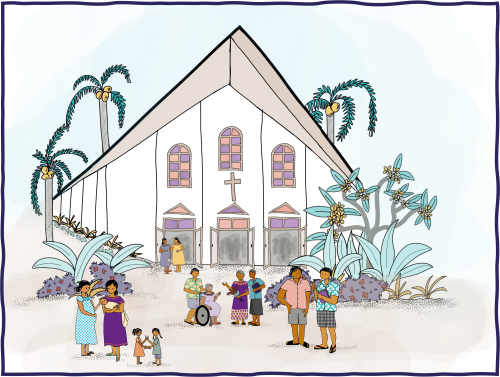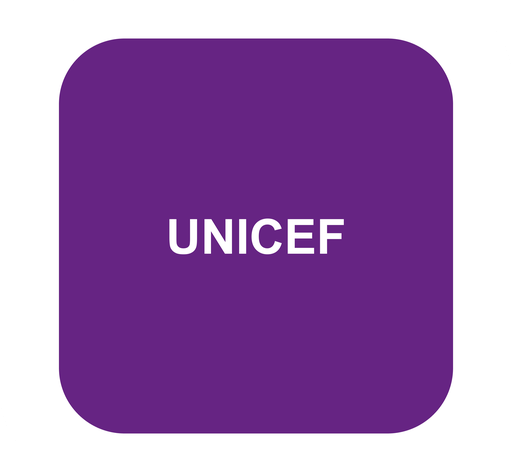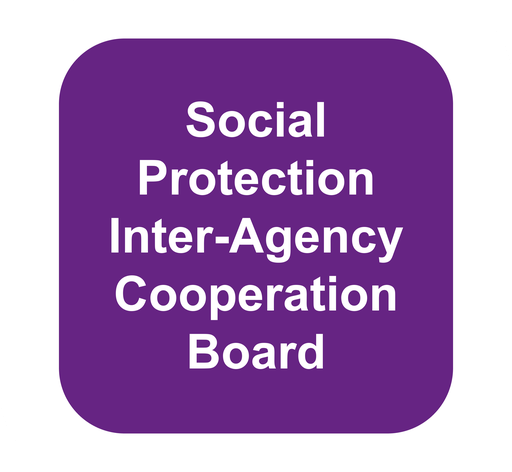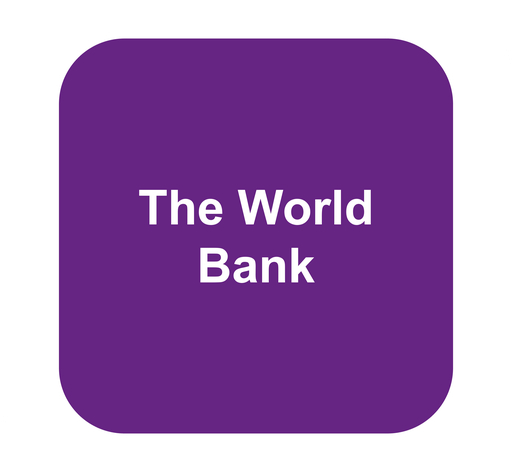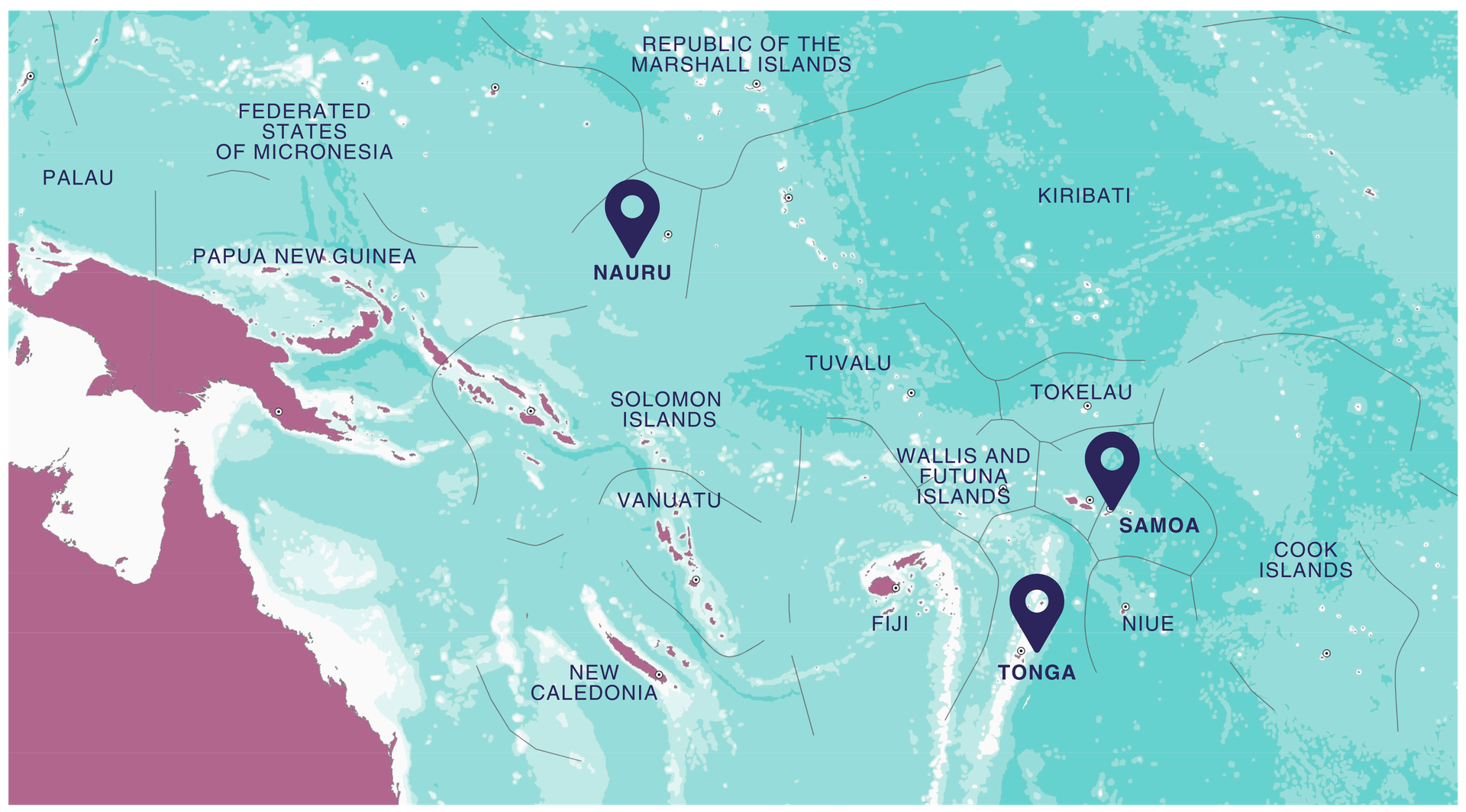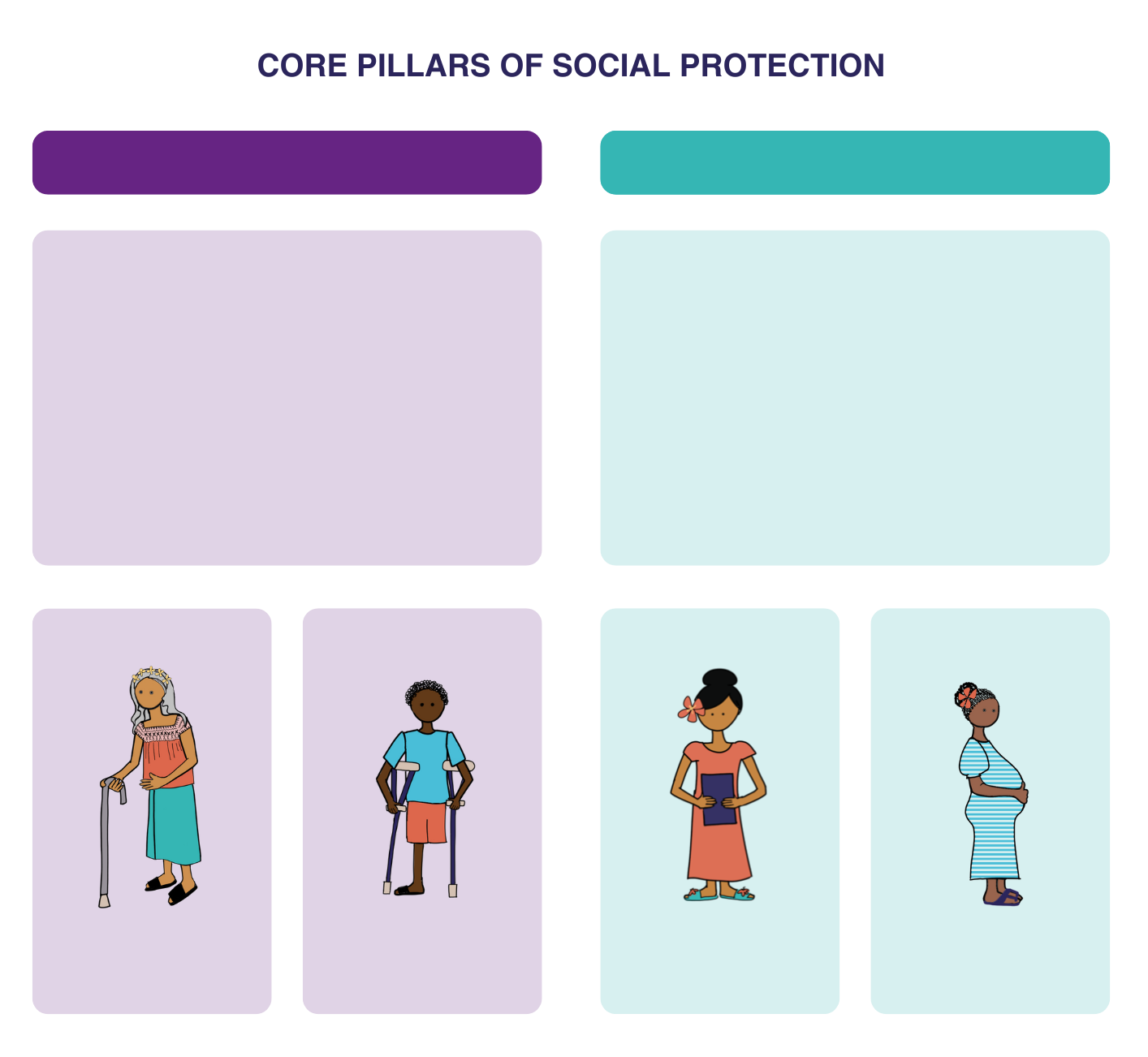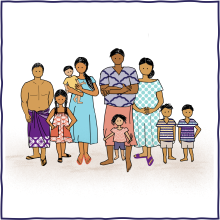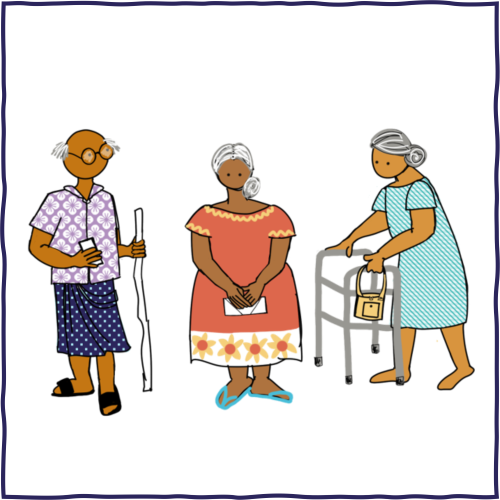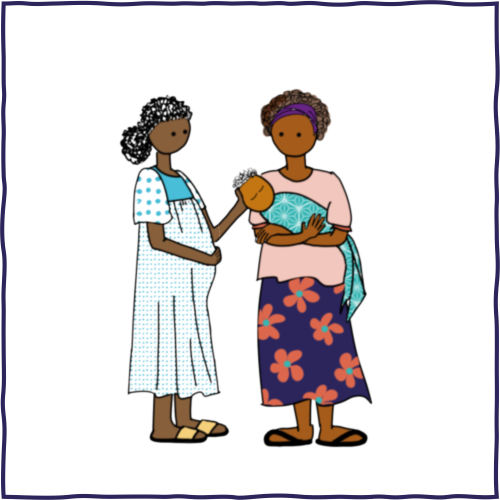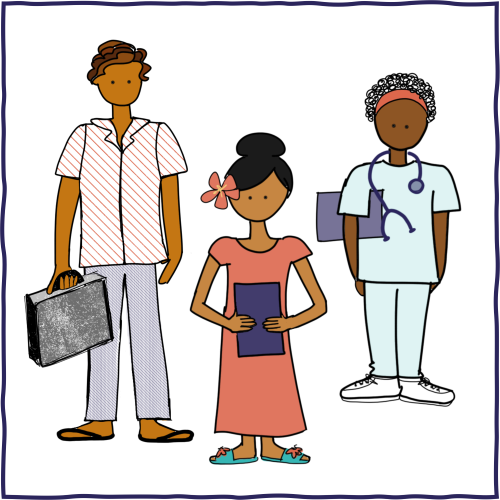What is social protection?
Let’s start by exploring what social protection is and how it is defined across the Pacific. While the definition may vary from country to country, social protection generally refers to a range of policies and programs designed to reduce poverty and vulnerability.
We’ll look at the two main types of social protection, contributory and non-contributory, and why strong social protection systems are important. These systems are key to helping people to manage risks, improving wellbeing, and supporting inclusive and sustainable development outcomes.
Defining social protection
We will begin by looking at how the Australian Government Department of Foreign Affairs and Trade (DFAT) and P4SP define social protection.
But there is no one agreed definition of social protection – it varies depending on the country or the organisation.
Social protection, or social security, is a human right and is defined as the set of policies and programmes designed to reduce and prevent poverty and vulnerability throughout the life cycle. Social protection includes benefits for children and families, maternity, unemployment, employment injury, sickness, old age, disability, survivors, as well as health protection. Social protection systems address all these policy areas by a mix of contributory schemes (social insurance) and non-contributory tax-financed benefits, including social assistance.
(A) set of policies and programmes aimed at preventing or protecting all people against poverty, vulnerability and social exclusion throughout their life-course, with a particular emphasis towards vulnerable groups.
Social protection is defined as the set of policies and programs aimed at preventing or protecting all people against poverty, vulnerability, social exclusion throughout their lifecycles, placing a particular emphasis on vulnerable groups.
Social protection can be provided in cash or in-kind; through non-contributory schemes, such as providing universal, categorical, or poverty- targeted benefits such as social assistance; contributory schemes (commonly social insurance), and by building human capital, productive assets, and access to jobs.
Social protection and labor systems, policies, and programs help individuals and societies manage risk and volatility and protect them from poverty and destitution - through instruments that improve resilience, equity, and opportunity.
Pacific countries' definitions of social protection
Pacific countries have different definitions of social protection too.
Core Pillars of social protection
Around the world, and in the Pacific, most people agree that social protection includes at least two core pillars - non-contributory and contributory.
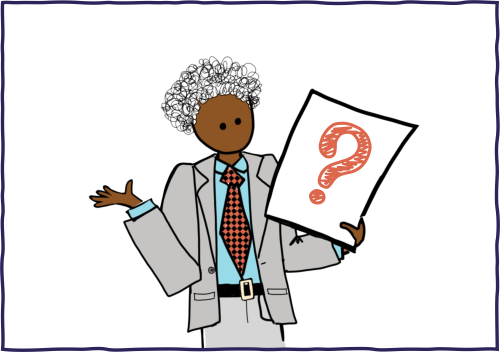
Purpose of social protection
Social protection is money or other help that is given to a person often from the government.
The purpose of social protection is to make sure that:
Everyone can receive the minimum amount of money that is needed to live.
People that earn money from a job are able to use what they need to live, and also save money to use in the future.
Here are some examples of social protection:
Money given to older people or people with a disability.
Money given to parents when they have a baby.
Money that workers save in their provident / superannuation fund for when they retire.
Strong social protection systems
A strong social protection system can help people to deal with things that happen at different stages of their life, and provides a safety net for those in need.
In the Pacific, there is a strong tradition of supporting each other. For example through churches, remittances or customary practices, such as the wantok system in countries in Melanesia and Fa'asamoa in Samoa.
Mythbuster
There are lots of myths and perceptions related to social protection that you may have heard before. Here is one example.
